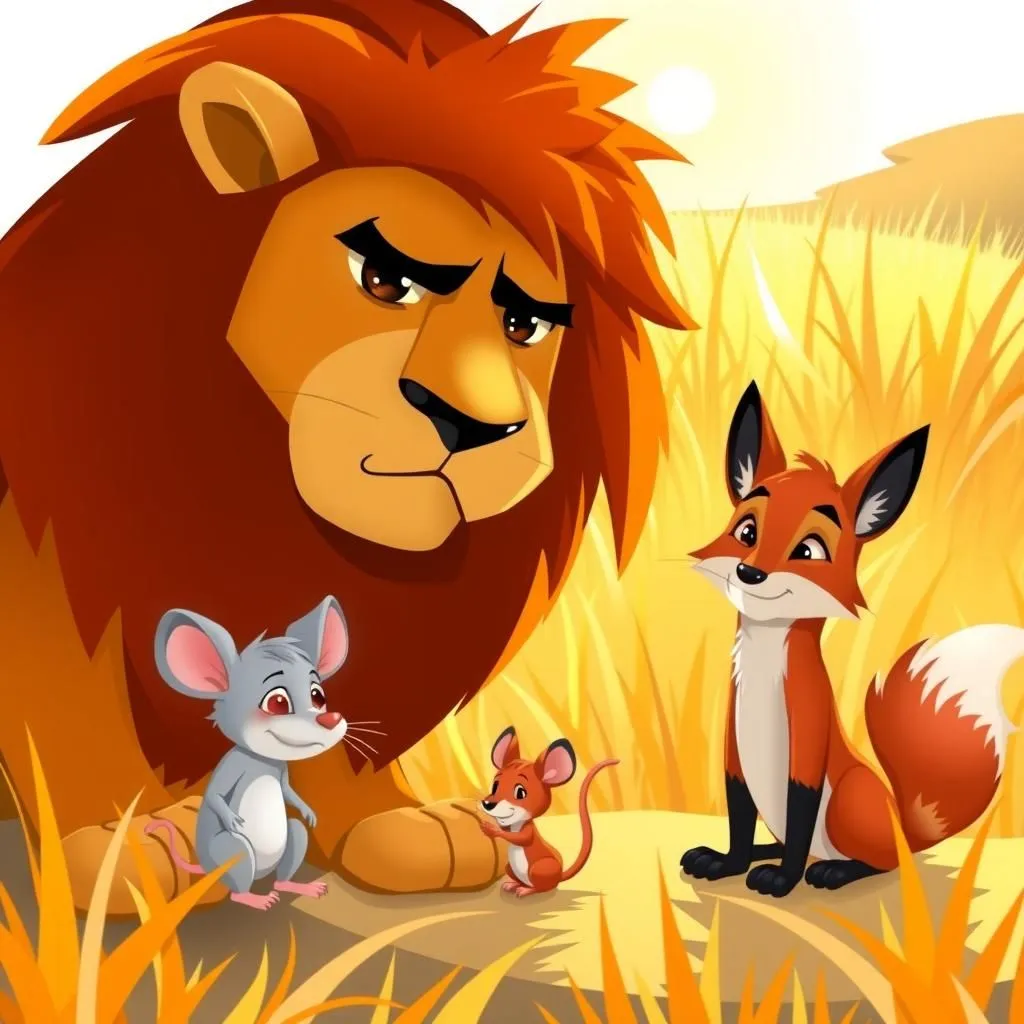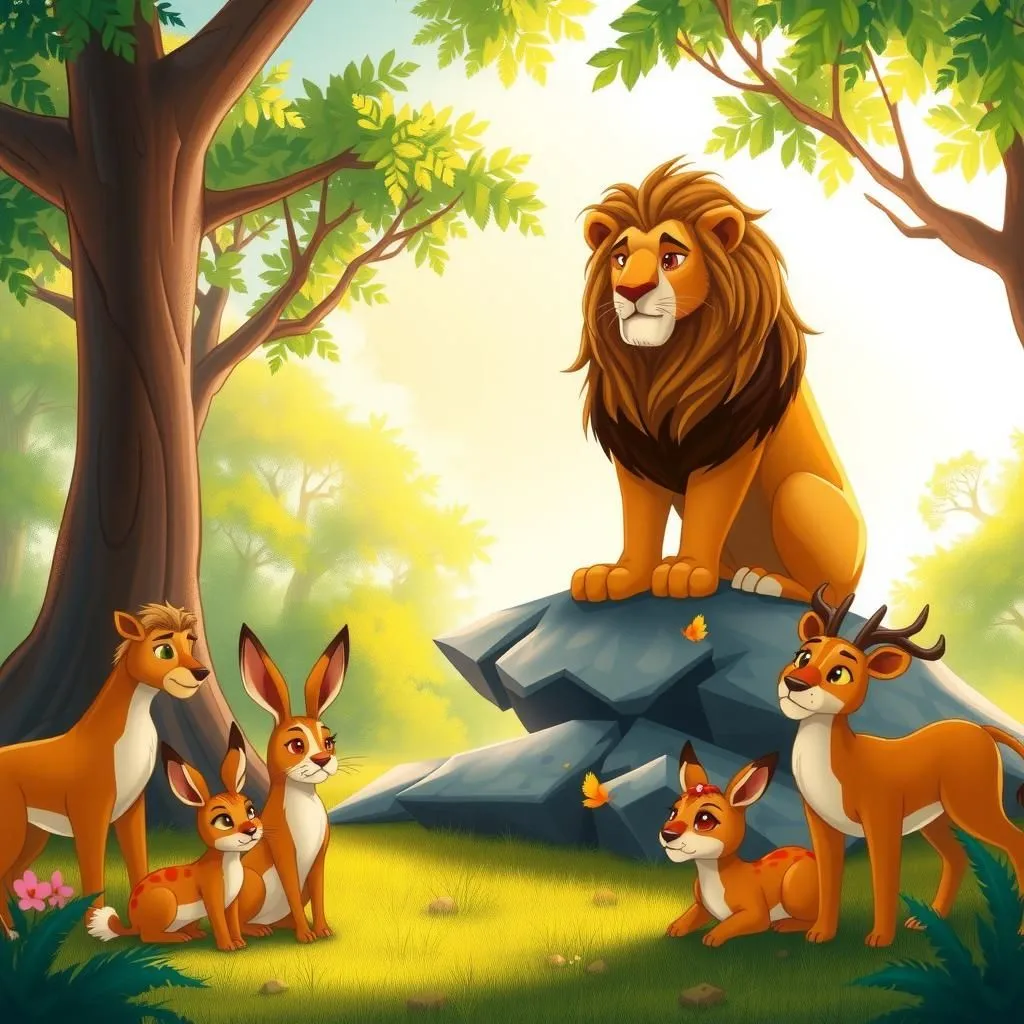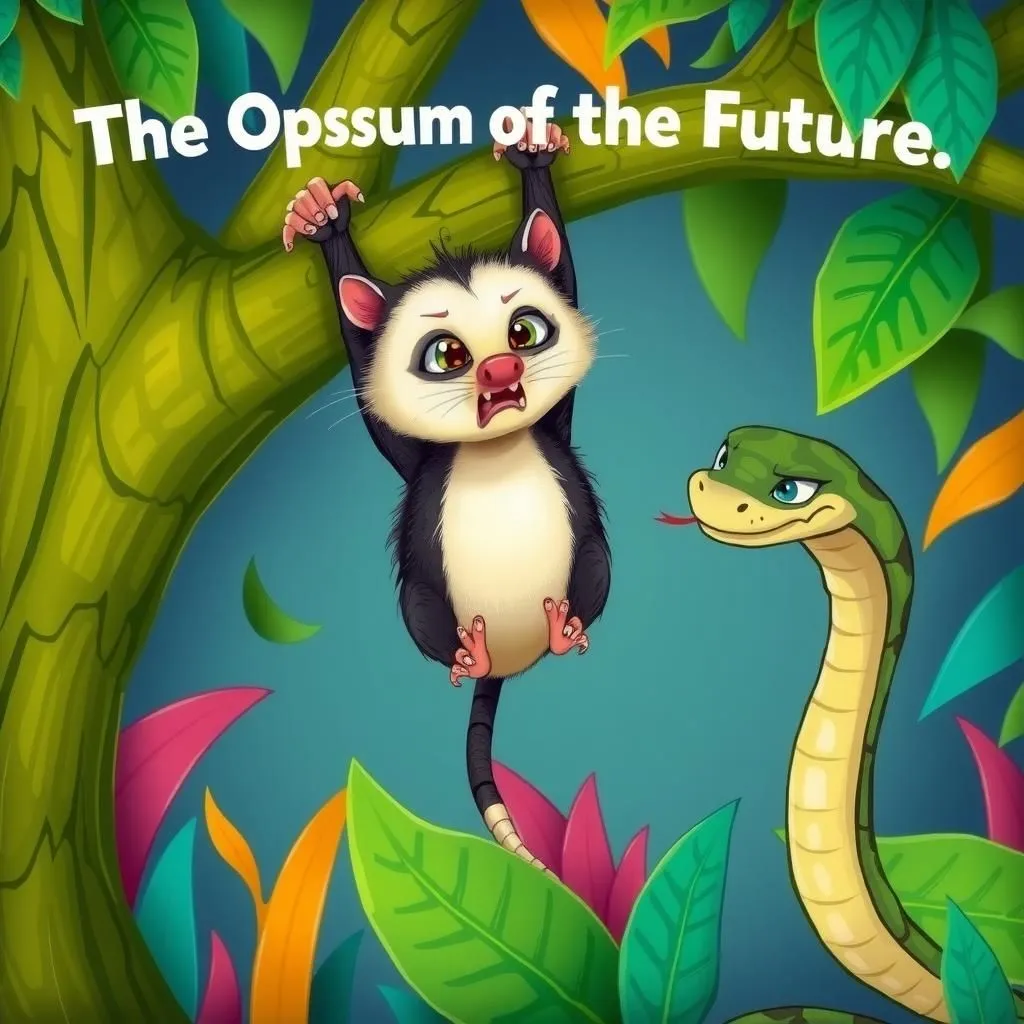
The Lion and the Dolphin
In this creative moral story, a lion and a dolphin form an alliance, believing their dominions over land and sea should unite them as friends. However, when the lion calls for help in a fight with a wild bull, the dolphin's natural limitations prevent him from assisting, leading the lion to accuse him of betrayal. The dolphin explains that his inability to help stems from the constraints of nature, illustrating a valuable moral lesson about understanding and accepting each other's differences in this small moral story.


